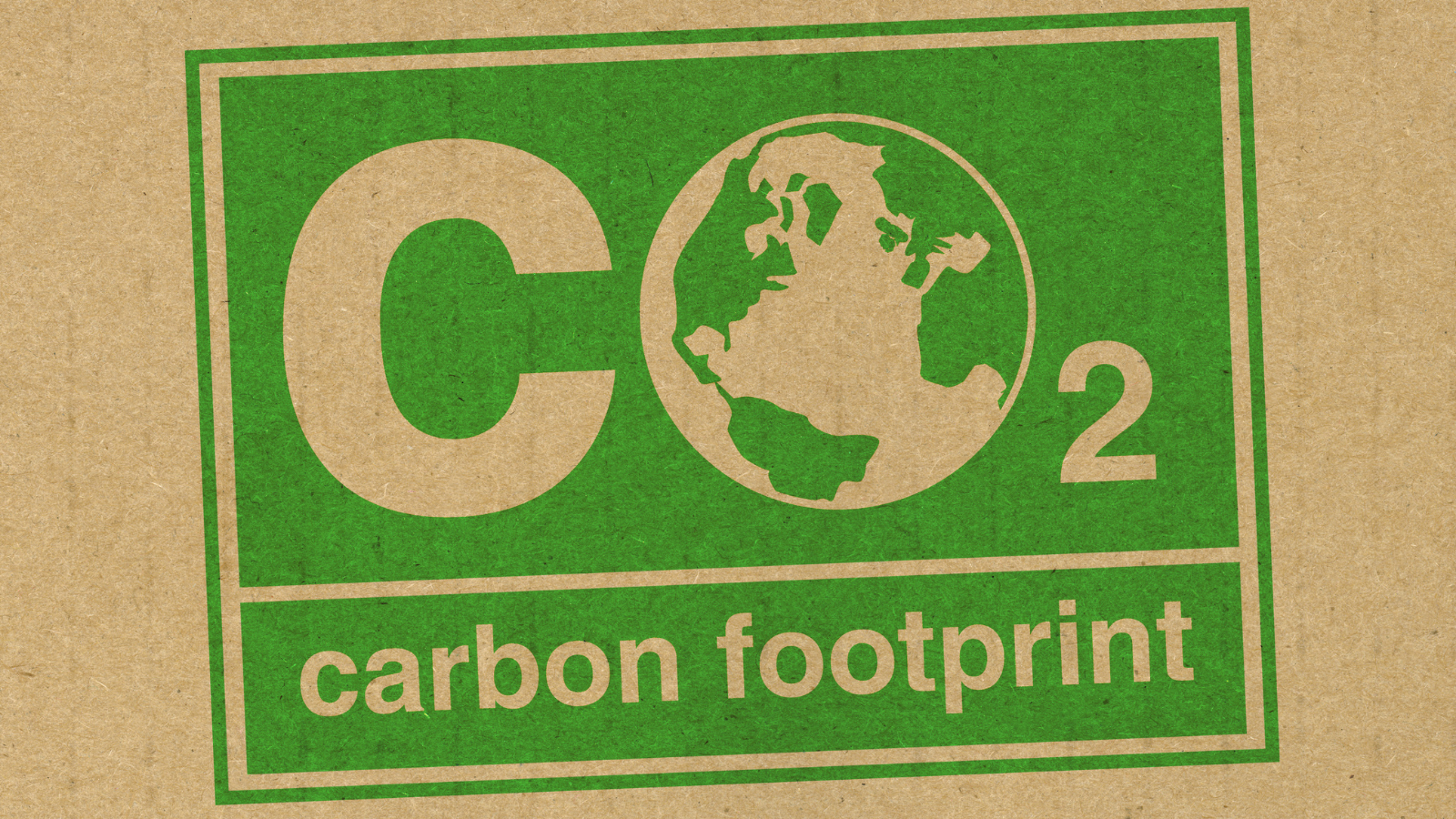The Journey to Achieving ISO14068: A Sustainable Future
In a world facing mounting environmental challenges, organizations and individuals are increasingly recognizing the importance of adopting sustainable practices. One significant framework to strive for sustainability is ISO14068, a globally recognized standard developed by the British Standards Institution (BSI). ISO14068 outlines the requirements for achieving carbon neutrality and reducing greenhouse gas emissions to net-zero levels. To embark on this transformative journey, organizations must navigate five crucial stages, each contributing to the realization of a sustainable future.

Stage 1: Understanding ISO14068
The first stage in achieving ISO14068 is gaining a comprehensive understanding of its principles, requirements, and implications. Organizations must familiarize themselves with the standard's specific targets, such as defining the scope of emissions, setting a baseline year, and establishing the time frame for carbon neutrality. Additionally, they need to grasp the methodologies for calculating greenhouse gas emissions, including direct and indirect emissions from various sources. Education and awareness-raising among employees, stakeholders, and leadership are essential to align everyone with the sustainability goals and to instigate a culture of eco-consciousness within the organization.
Stage 2: Conducting a Greenhouse Gas Emissions Inventory
The second stage involves conducting a rigorous greenhouse gas emissions inventory. This involves identifying and quantifying all sources of greenhouse gas emissions within the organization's operational boundaries. The inventory should encompass direct emissions from internal activities (Scope 1), indirect emissions from purchased electricity and heat (Scope 2), and indirect emissions from the entire value chain (Scope 3). Data collection and analysis are paramount in this process, requiring accurate measurement tools and collaboration with suppliers and partners. By understanding their carbon footprint, organizations can identify key areas for emission reduction and prioritize actions that will have the most significant impact on their sustainability journey.
Stage 3: Developing and Implementing a Carbon Management Plan
Armed with a clear understanding of their emissions profile, organizations move on to stage three - developing and implementing a carbon management plan. This plan outlines the strategies, actions, and initiatives that the organization will undertake to reduce its greenhouse gas emissions over time. It should be a comprehensive and realistic roadmap that includes both short-term and long-term goals, as well as targets for each department or business unit. Emphasis should be placed on energy efficiency, renewable energy adoption, waste reduction, supply chain optimization, and employee engagement. Regular monitoring and performance tracking are critical to assess progress and make necessary adjustments along the way.
Stage 4: Offset and Reduce Emissions
Achieving carbon neutrality requires not only emission reduction but also offsetting any remaining emissions. This is the focus of stage four. Organizations must invest in high-quality carbon offset projects that help capture or reduce emissions elsewhere, balancing out their unavoidable carbon footprint. These offset projects could include reforestation efforts, renewable energy installations in developing regions, or methane capture initiatives. However, it is essential to prioritize reducing emissions internally before relying too heavily on offsets, as the primary objective remains to minimize the environmental impact directly.
Stage 5: Independent Verification and Certification
The final stage to achieving ISO14068 involves engaging an independent third-party to verify the organization's carbon neutrality claims and compliance with the standard. This verification process is crucial in ensuring transparency, credibility, and the overall integrity of the sustainability journey. Organizations that successfully pass the verification are eligible to receive certification, demonstrating their commitment to environmental responsibility and leadership in mitigating climate change. Such certification can enhance the organization's reputation, attract environmentally conscious customers, and foster sustainable partnerships.


Conclusion
The journey to achieving PAS 2060 and becoming carbon neutral is a significant undertaking for any organization, requiring dedication, collaboration, and perseverance. By understanding the principles of PAS 2060, conducting a comprehensive emissions inventory, developing a robust carbon management plan, offsetting emissions responsibly, and obtaining independent verification, organizations can pave the way for a more sustainable and resilient future. ISO14068 serves as a guiding light in the fight against climate change, inspiring organizations to lead by example and contribute to a global effort to protect our planet for generations to come.




